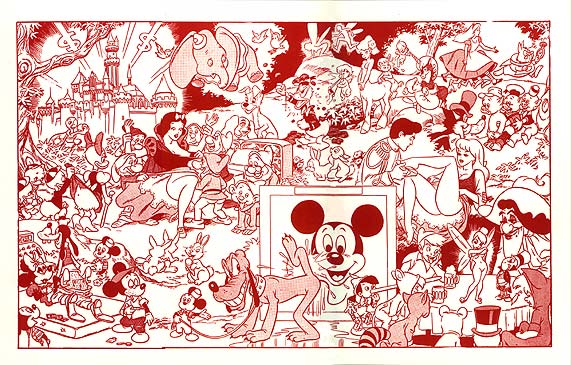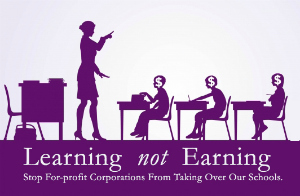throwing up the red flag
I’m happy to report that, according to my webstats program, 2% of my readers are from military instillations. I’m not sure how that translates to real people, but I figure it may be as many as 1 or 2.
The last time I’d checked, there wasn’t even a slice of pie that was labeled “military.” Now, almost overnight, it’s 2%. It’s still just a little sliver in the whole scheme of things, but it makes me wonder.
My inclination is to think that markmaynard.com is being monitored. I think it was last week, in response to my discovery of littleamber.com, that I declared my dedication to the jihad against western culture. The feds couldn’t have thought that I was serious, could they? Surely, the National Security Agency’s automated system understands irony, right? They must have know that I was just kidding around, right?
Fucking stupid Carnivore system.
appropriated images
Would it be illegal for me to just reprint, word for word, a story from today’s Washington Post? I think it would. Would it be illegal for me to reprint a still image of Mickey Mouse from his first Disney film, “Steamboat Willie”? Well, that’s a little more complicated. In fact, it’s being examined this week by the US Supreme Court.
Here, even though it may not be quite legal, is a short excerpt from the Washington Post story on Eric Eldred, who runs an on-line archive of public-domain literature, and his case before the hightest court in the land.
If you would like to check out Charles Lane’s entire story, follow this link.
The future ownership of such icons of American popular culture as Mickey Mouse and George Gershwin’s “Rhapsody in Blue” was at stake in the Supreme Court yesterday as the justices heard a much-anticipated oral argument on a novel constitutional issue: For how long may Congress extend copyrights on literature, art, music and film?
In the 1998 Sonny Bono Copyright Term Extension Act, named after the late congressman and singer, Congress gave copyrighted works from as long ago as 1923 an additional 20 years of protection — through 2018 for the oldest material.
For new works, copyright terms were extended from the life of the author plus 50 years to the life of the author plus 70 years, or, in the case of anonymous or corporate works, 95 years from time of publication.
That rescued a host of Jazz Age creations, including early Mickey Mouse cartoons and Gershwin’s melodies, from imminent passage into the public domain, where anyone could have used them — for profit or otherwise — without paying royalties.
Opponents of the law, led by Internet archivist Eric Eldred, say it unduly burdens scholars and publishers, commercial and noncommercial, who depend on free access to, and free dissemination of, art and literature. They say the law, coming after previous extensions and applied retroactively, is tantamount to a perpetual copyright for existing copyright holders, while the Constitution gives Congress the power to grant copyrights for “limited times.”
If you go back into the archives here, you’ll find some other things I’ve written on the subject as well as a few links to articles written by high-profile Stanford law professor Laurence Lessig. It’s a sticky issue. I believe that creative work needs to be protected, but I also believe there’s a line. Creativity necessitates the use of work that came before. To draw the line in the wrong place is to stifle creativity… We, in my opinion, can’t allow Disney to dictate where that line is drawn.
to further bore those of you that don’t care about copyright

I’ve just been made aware, through an article at Wired News, that an art exhibit featuring works built around appropriated, and copyright protected images will be opening November 13 in New York and will eventually make its way to Chicago. It looks great and I thought that I’d mention it here. The collection, curated by Stay Free magazine’s Carie McLaren, includes all the obvious choices that you would suspect, like the
Negativeland “U2” cover, plus lots of other good stuff that I’ve never seen before, like this Disney Porn piece from 1967 by Mad Magazine artist Wally Wood.

For more information about the show, check out their web site and on-line gallery at: Illegal Art: Freedom of Expression in the Corporate Age
And remember…












2 Comments
Did the title of this post need to be so long? It’s a good post. Don’t get me wrong. But did the title need to be so long?
Yeah. I’m not sure what I was thinking. Maybe I was distracted by the view up Snow White’s skirt.